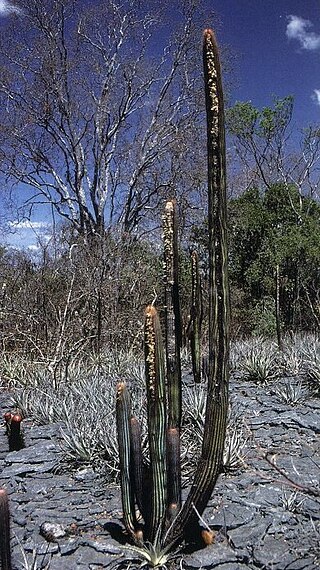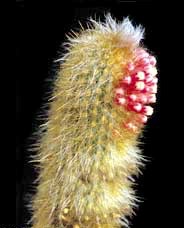January is the first month of the year in the Julian and Gregorian calendars. Its length is 31 days. The first day of the month is known as New Year's Day. It is, on average, the coldest month of the year within most of the Northern Hemisphere and the warmest month of the year within most of the Southern Hemisphere. In the Southern hemisphere, January is the seasonal equivalent of July in the Northern hemisphere and vice versa.

A language family is a group of languages related through descent from a common ancestral language or parental language, called the proto-language of that family. The term "family" reflects the tree model of language origination in historical linguistics, which makes use of a metaphor comparing languages to people in a biological family tree, or in a subsequent modification, to species in a phylogenetic tree of evolutionary taxonomy. Linguists therefore describe the daughter languages within a language family as being genetically related. The divergence of a proto-language into daughter languages typically occurs through geographical separation, with different regional dialects of the proto-language spoken by different speech communities undergoing different language changes and thus becoming distinct languages from each other.
M, or m, is the 13th letter in the Latin alphabet, used in the modern English alphabet, the alphabets of other western European languages and others worldwide. Its name in English is em, plural ems.

A physicist is a scientist who specializes in the field of physics, which encompasses the interactions of matter and energy at all length and time scales in the physical universe. Physicists generally are interested in the root or ultimate causes of phenomena, and usually frame their understanding in mathematical terms. They work across a wide range of research fields, spanning all length scales: from sub-atomic and particle physics, through biological physics, to cosmological length scales encompassing the universe as a whole. The field generally includes two types of physicists: experimental physicists who specialize in the observation of natural phenomena and the development and analysis of experiments, and theoretical physicists who specialize in mathematical modeling of physical systems to rationalize, explain and predict natural phenomena.

The Dragon, also known as Loong, is the fifth of the 12-year cycle of animals which appear in the Chinese zodiac related to the Chinese calendar. The Year of the Dragon is associated with the Earthly Branch symbol 辰, pronounced chen.

A cousin is a relative that is the child of a parent's sibling, this is more specifically referred to as a first cousin.

Scorpio (♏︎) is the eighth astrological sign in the zodiac, originating from the constellation of Scorpius. It spans 210–240° ecliptic longitude. Under the tropical zodiac, the Sun transits this sign on average from October 23 to November 21. Depending on which zodiac system one uses, someone born under the influence of Scorpio may be called a Scorpio or a Scorpionic.

Micranthocereus is genus of cactus. It originates from Brazil and includes about 11 species.

Micranthocereus albicephalus is a species of plant in the family Cactaceae. It is endemic to Brazil. Its natural habitats are subtropical or tropical dry shrubland and rocky areas. It is threatened by habitat loss.

Micranthocereus auriazureus is a species of cactus. It is endemic to Brazil, where it is known only from Minas Gerais.

Micranthocereus dolichospermaticus is a species of plant in the family Cactaceae. It is endemic to Brazil, where it is confined to the states of Bahia and Minas Gerais. Its natural habitat is rocky areas. It is threatened by habitat loss.

Micranthocereus polyanthus is a species of cactus. It is endemic to Brazil, where it is known only from three sites in Bahia. The total population is under 2500 individuals.

Micranthocereus streckeri is a species of plant in the family Cactaceae. It is endemic to Brazil. Its natural habitats are subtropical or tropical moist shrubland and rocky areas. It is threatened by habitat loss.

Micranthocereus violaciflorus is a species of plant in the family Cactaceae. It is endemic to Brazil. Its natural habitats are subtropical or tropical dry shrubland and rocky areas. It is threatened by habitat loss.

In botany, succulent plants, also known as succulents, are plants with parts that are thickened, fleshy, and engorged, usually to retain water in arid climates or soil conditions. The word succulent comes from the Latin word sucus, meaning "juice" or "sap".

Cereus pierre-braunianus is a species of columnar cactus found in NE Goiás in Brazil.

Micranthocereus aureispinus is a species of Micranthocereus found in Brazil.

Micranthocereus estevesii is a species of Micranthocereus found in Brazil.

Micranthocereus flaviflorus is a species of Micranthocereus found in Brazil.

Micranthocereus purpureus is a species of Micranthocereus found in Brazil.


















